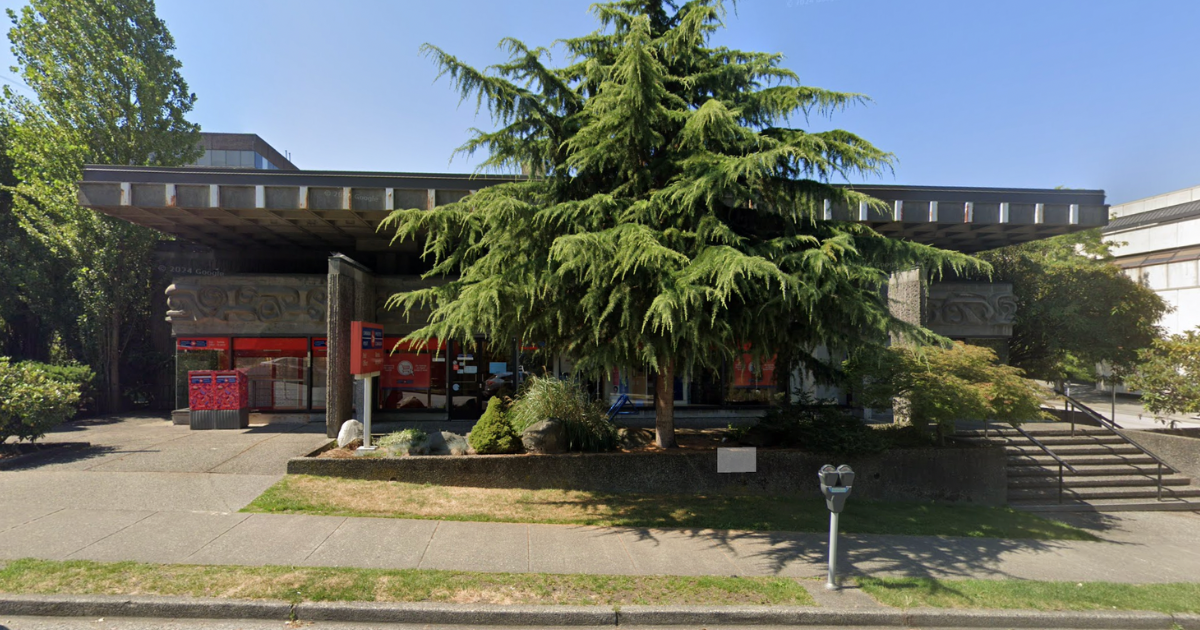Housing supply and affordability have long been an issue plaguing this country. As the cost of living continues to rise with inflation, Canadians are struggling with the ballooning cost of putting a roof over their heads.
The Canadian Mortgage and Housing Corporation (CMHC) estimates that an additional 3.5 million homes must be built to achieve affordability by 2030; most regions are not on track to reach targets.
CMHC Deputy Chief Economist Aled ab Iorwerth is taking a closer look at the challenges the housing market faces and what could be done to mitigate them; he says there is no one-size-fits-all solution.
In an article posted to the federal housing agency’s website, the economist says to overcome affordability challenges, Canadians need a range of government policies and investments from several sources, and the private and public sectors must work together.
“Clearly, Canadians with low incomes are suffering acutely from high housing costs, but lack of affordability is a problem imperilling the prosperity of all Canadians,” writes ab Iorwerth. “The housing system is interconnected, so fixing Canada’s affordability challenge requires a suite of policies to affect the entire system.”
While low-income households face the biggest hurdles when it comes to affordability — ab Iorwerth says middle-income families face housing affordability challenges of their own.
“Getting housing costs down across the board is critical. Low-income households face hardship because of housing costs, which needs a targeted solution, but risks from high house prices and excessive debts harm everyone and should also be considered,” the economist states.
There is no ‘one-size-fits-all’ approach
Policy approaches must differ when addressing households of different income levels, writes ab Iorwerth. While a range of subsidies exists for low-income families, ab Iorwerth says the core of the problem needs to be addressed: the lack of supply. Housing allowances and rent supplements can encourage some landlords to charge higher rents, which means they benefit from the subsidy, not the intended recipient, he says.
“Governments must therefore ensure that enough housing supply is available. More social and affordable housing structures will help low-income households directly,” writes ab Iorwerth.
Households with higher incomes are facing their own list of challenges. Ab Iorwerth says government subsidies are not the answer in these cases, “Direct subsidies are not suitable in these cases because the market could supply enough housing at a reasonable cost, so there is no clear imperative for the government to intervene in the same way.” The economist calls for more private-sector investment to create more supply, particularly in the rental sector.
“Governments must take a system-wide view and not encourage housing supply for low-income households by discouraging housing supply for middle-income households.”
Housing supply is at the core of the issue
Ab Iorwerth warns of the financial repercussions of not addressing challenges in the housing market, referencing the 2008-09 financial crisis. He’s calling for a “holistic approach” to solving the country’s housing issue.
“Addressing only one part of the housing continuum risks wasting resources,” ab Iorwerth says. “Because households can move from one type of housing to another, a solution for one part is likely pushing on one part of a balloon: Some other part of the balloon will pop out and potentially burst the whole balloon.
“The housing system is interconnected, so fixing Canada’s affordability challenge requires a suite of policies to affect the entire system.”

















The Canadian government can certainly contribute to resolving the problem by simply not contributing to the problem.
STOP STOP STOP
The housing market starts with the availability of Land and services
The builder controls the end use of the land. And the supply of housing.
The municipality control the cost of permits to build which are paid to the Regional Towns and Cities to pay for the cost of water sewer roads, Parks side walks Schools to mention the cost of time , Labour and material , Marketing cost.The builder has too put together this project to provide a home for your family..
what has happen to the affordable home . The home in many cases is sold to a speculation buy on paper and resales at a profit after closing This begin the end of the affordable housing..Then the home is offered on the resale market.Income the Marketing pros Up go the price again. Then comes the News house prices have increased sold for 100000 over listed price? Then comes the News interest rates are increasing., slows down the market. We’re is the home buyer now… Politicians jump into the Real Estate businesses they going to fee up land which never should have been control by government. The Towns And Region are the are the bodies that maintain the Land not the Government. Everyone is jumping in with no life time experience of how it all works .Only what they hear in the News..The people do not only need roads They need serviced land. .And the Building will start .Buyers require to move in on closing date.
Private landlords would be happy to help with supply, however the current laws set out by the government itself aren’t favorable or even fair to current landlords especially in Ontario. So why would they participate if they aren’t treated fairly?
That is exactly my point. They are contributing to the problem in this way you mention and other ways as well.